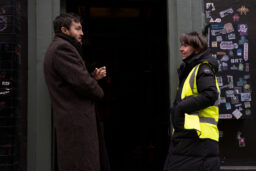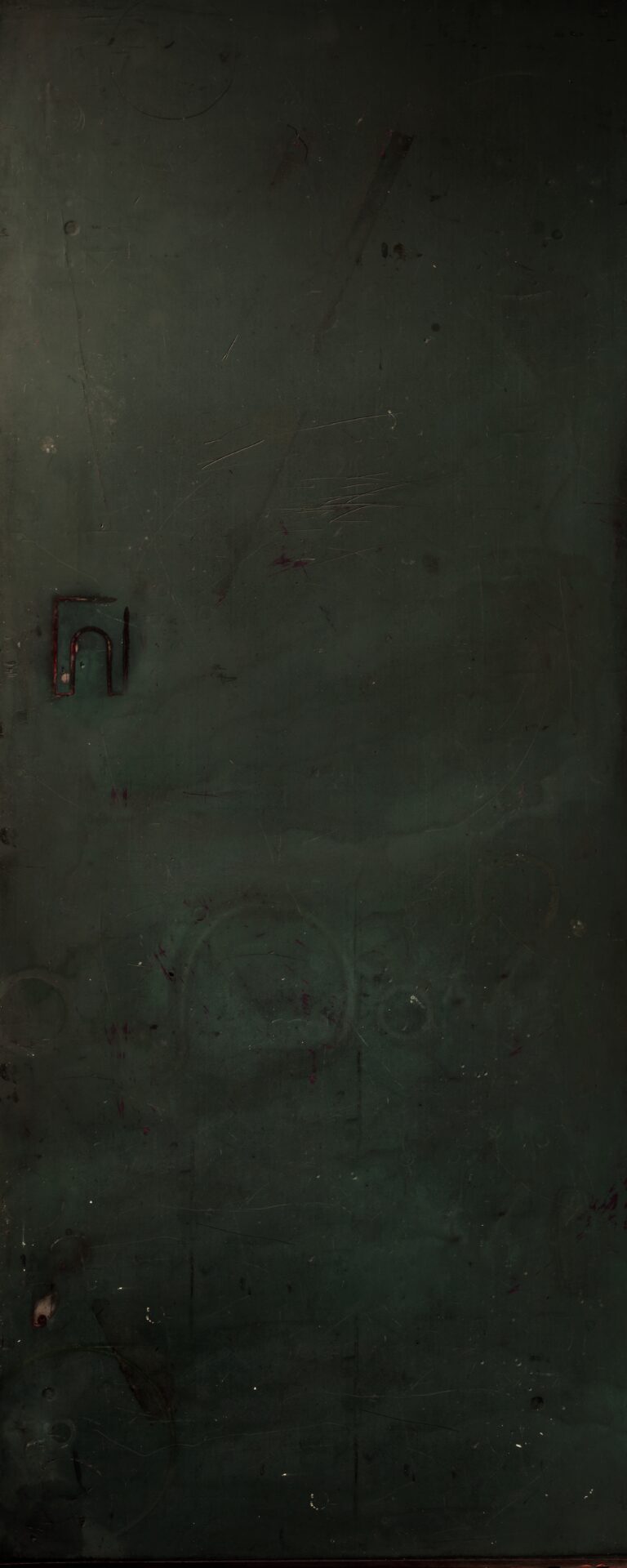Troubled Blood TV – Q&A with Director, Sue Tully
Sue Tully, returning as Director after the adaptation of Lethal White, gives us her insight on the challenges of bringing a 40-year old cold case to the screen in Troubled Blood.
Q: This is your second series as Director. How did you approach this differently form the last story?
A: The biggest challenge with Troubled Blood was the crime story happened 43 years ago, so it’s a cold case about a woman who went missing in 1974. It was presumed that she was murdered but no body was ever found, she literally disappeared. Her daughter, who was a very small child at the time has spent her lifetime trying to find out what happened to her mum. She bumps into Strike down in Cornwall, and just seizes the opportunity to ask him to help her.
The story flashes in and out of flashbacks, with contemporary and then we go back, as we follow the story of Margot Bamborough, this woman who went missing. And so, the challenge was how do we tell that story and make it visually interesting, but ensure it still feels like part of the world that we know with Strike and Robin.
Q: Tell us a bit more about how you filmed the flashbacks?
A: In Troubled Blood as we’re flashing back 40 odd years, we decided to use what’s called anamorphic lenses when we’re shooting all the flashbacks. There is a slight difference in the way they look, but I wanted it to be so subtle that it’s almost like subliminally you’re looking at something different. Anamorphic lenses bend the light and give things a slightly more filmic look and it just takes you into a slightly different world. We also decided to go handheld with all the flashbacks as well.
Q: How did you balance the flashbacks with the present day scenes?
A: We had to prioritise the contemporary world of Strike. The crime stories that Strike and Robin get involved in mean that you can enter into lots of worlds – different people’s homes, different characters, different parts of London, different parts of the country. We treat London, especially Soho, as a major part of the Strike world. The heart of the show so you feel like they’re coming home when they return to the office.
Q: How much does Cornwall help inform us about Strike’s past, his family and his history?
A: With every book and with every adaptation you do find out more about the personal histories of Strike and Robin. Up until now, we’ve known about Strike’s military background and we’ve had bits and pieces about what happened to him as a child. Both Strike and Robin have had quite traumatic events happen to them in their lives. Cornwall plays, a massively important part in Strike’s backstory. He was brought up partly by Ted and Joan, his Aunt and Uncle. Joan was a sister of his mum Leda. Leda was a very very troubled woman.
Part time mum, in and out of his life, and Ted and Joan in Cornwall represented a time of stability and calm and love. But then he was constantly being wrenched out of that and so, telling the story of how dysfunctional his upbringing was, helps us understand Strike in a way that we haven’t up till now. His sense of loyalty to his mum Leda and yet his love for Ted and Joan, and feeling guilty about that love a lot of the time, because it was one of the few times in his childhood when he did feel calm and he did feel safe. Obviously he missed his mum and had hopes that his dad (Jonny Rokeby) would feature in his life. There’s some heartbreaking stuff in Troubled Blood, where you see Strike as young boy and in doing so, I think you understand the man a lot more in this one.
Q: You inherited two well-rounded characters in Strike and Robin, how did you help shape the way in which Tom and Holliday approached the story?
A: I think the challenge for any actor, playing a character for any length of time is to be aware and to be wary of the temptation to say “My character wouldn’t do this or my character wouldn’t do that” because as human beings we’re constantly surprising ourselves in the way we react to new situations. You think you’re gonna behave in a certain way and nine times out of ten, you don’t, and I think it’s the same with characters.
Strike and Robin are constantly finding themselves with new challenges in new situations. So it’s an ongoing conversation about where the boundaries are and how they would or wouldn’t react, or behave in any given circumstance. That’s part of the creative process and why I love my job. They both like to explore the possibilities and I like doing that with them.
Q: In Troubled Blood there’s a host of characters and subsequently the plot takes you down a few different rabbit holes. How do you balance that when you’re directing to maintain the audience’s interest?
A: Troubled Blood has the largest cast of any of the adaptations to date, and of course obviously one of them is our killer or baddie, I’m not gonna give too much away. So, an element of misdirection has to happen, we don’t want to signal too soon who may or may not be the person in question, so the fun comes in the edit really. With this one, when I read the book I remember being absolutely convinced that I knew who the killer was and I was completely wrong. I want the viewers to have the same experience!




